What Are Mesenchymal Stem Cells (MSCs)?
Written by Dr. David Greene, MD, PhD, MBA on July 28, 2025
The US Leader in Stem Cell Therapy, Now in Mexico. Treatments start at $3750 for 25 million stem cells!
Special Promo: Get an additional 25 BILLION Exosomes IV with treatments over 50 million cells!”
The US Leader in Stem Cell Therapy, Now in Mexico. Affordable treatments start at $3750 for 25 million stem cells!
Special Promo: Get an additional 25 BILLION Exosomes IV with treatments over 50 million cells!”
Written by Dr. David Greene, MD, PhD, MBA on July 28, 2025
Mesenchymal stem cells (MSCs) are adult stem cells found in bone marrow, fat, and umbilical cord tissue that can transform into bone, cartilage, muscle, or fat. MSCs support tissue repair by reducing inflammation and releasing proteins and exosomes that promote healing and control immune responses.
So what makes MSCs special?
They’re multipotent stromal cells—meaning they can become multiple tissue types like bone, cartilage, fat, even muscle cells .
Found in places like bone marrow, fat tissue, dental pulp, synovium, and umbilical cord pulp, making them easier to collect than embryonic stem cells.
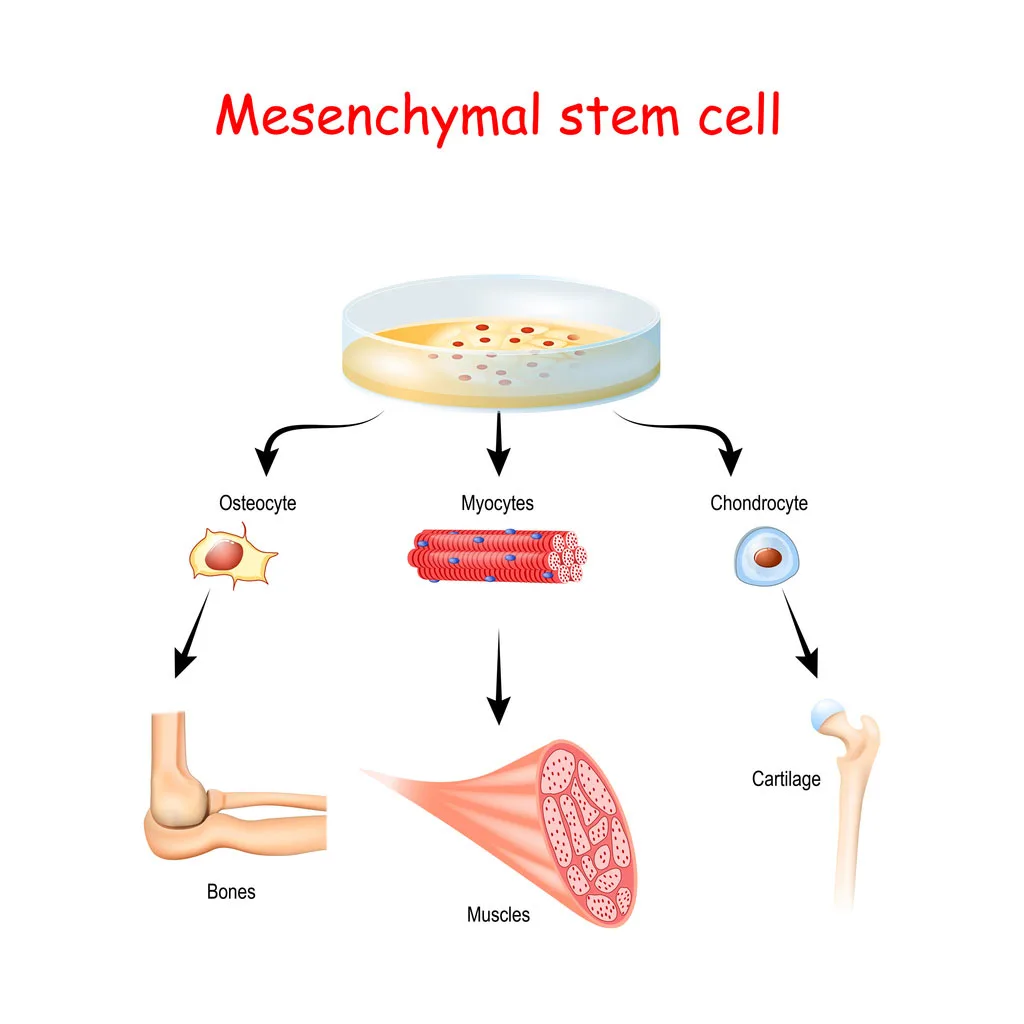
Source
Abundance
How They’re Collected
Common Uses
Bone Marrow (BM‑MSCs)
Moderate
Needle aspiration
Arthritis, orthopedic injuries
Adipose Tissue (ASCs)
High
Liposuction
Joint injuries, soft tissue repair
Umbilical Cord (UC‑MSCs)
Moderate‑high
Wharton’s jelly extraction
Autoimmune, pediatric therapies
Other (dental pulp, placental)
Low
Tissue biopsy
Early research, niche applications
WHAT MATTERS: adipose-derived MSCs are plentiful and less invasive to get than bone marrow. Umbilical cord-derived MSCs are often younger, less immunogenic, and ideal for allogeneic (donor) therapy, though direct human trials comparing them to adult sources are still rare.
Let’s break it down into three big roles:
MSCs help bring the immune system back to balance by suppressing overactive T cells, B cells, dendritic cells, and macrophages. This helps prevent autoimmune flare-ups and excessive inflammation.
Most MSCs don’t stick around long after they’re injected. Instead, they secrete a cocktail of growth factors, cytokines, and exosomes (a.k.a the “secretome”) that jumpstart healing in nearby cells. This appears to be the primary way they work, not by physically turning into new tissue, but by telling other cells to do the job.
MSCs are naturally drawn to sites of injury or inflammation. Once there, they help support new tissue growth like cartilage, bone, or vascular structures. Unfortunately, survival rates are low – less than 5% stay long-term due to harsh environments or lack of integration.
To give you a feel for how MSCs are used today, here’s where therapy is making waves:
There’s been a surge of high-quality trials in the last few years. For example, MSCs are now being tested for long‑COVID and acute-on-chronic liver failure—with meta-analyses suggesting real benefits without serious safety concerns. In multiple sclerosis, recent work highlights MSCs’ neuroprotective and anti-inflammatory impact, while also examining key limitations like dosing and delivery methods.
A standout trial is ADMIRE‑CD, which led to approval for darvadstrocel—an adipose‑derived MSC product for treating perianal Crohn’s fistulas in adults. Though later withdrawn in the EU, it’s notable for the rigorous path it took.
Overall, intravenous and localized MSC treatments have shown a solid safety profile across many conditions. A recent meta-analysis on liver failure patients reported improved liver function and no increased incidence of serious adverse events. And broader reviews reaffirm that MSC infusions are well-tolerated.
A major milestone occurred on December 18, 2024, when the FDA approved Ryoncil (remestemcel‑L‑rknd), an allogeneic bone marrow–derived mesenchymal stromal cell (MSC) therapy, for steroid-refractory acute graft-versus-host disease (SR-aGVHD) in children aged 2 months and older.
This marked the first FDA-approved MSC therapy. Mesoblast has announced plans to seek expanded approval for adults and other indications, though these are still under development.
Globally, approximately 10 MSC therapies have received regulatory approval, mostly in Asia (notably South Korea and Japan), highlighting the rarity of such approvals.
In July 2025, Florida began permitting some unapproved MSC treatments for uses like pain, orthopedic, and wound care outside FDA pathways, raising oversight and safety concerns.
Organizations such as the ISCT continue to stress the need for rigorous standards governing the quality and attributes of MSC products.
Here’s a quick side-by-side to help readers understand how MSCs stack up:
Comparison Area
Mesenchymal Stem Cells (MSCs)
Hematopoietic Stem Cells (HSCs)
iPSCs / Embryonic Cells (ESCs)
Source & Accessibility
Bone marrow, adipose, cord tissue
Bone marrow, peripheral blood
Reprogrammed adult cells or embryos
Differentiation
Multipotent (bone, cartilage, fat)
Only blood/immune cells
Pluripotent: any cell type
Immunogenicity
Low (esp. allogeneic UC‑MSCs)
Moderate (depends on donor/host match)
Higher risk of rejection or teratoma risk
Regulatory Status
One FDA-approved therapy (Ryoncil)
Established, many approvals
Strictly regulated, some early trials
Typical Uses
Inflammation, tissue repair
Transplants for blood cancers
Disease modeling, experimental therapy
Here’s where things get exciting:
Exosome & Cell-Free Therapies are booming. MSC-derived exosomes may deliver healing signals without needing live cells.
Tissue Engineering & Scaffolds: New studies show MSCs growing on 3D‑printed scaffolds enhance cartilage and bone formation, think next-gen implants for joint repair.
Regulatory Momentum: With Ryoncil cleared, we may see broader FDA acceptance for indications like back pain, heart failure, and autoimmune disease, particularly with favorable policy shifts on federal oversight.
MSCs are now more than just a theoretical tool. They’re entering mainstream medicine, backed by solid safety data and real clinical approvals. That said, the landscape is still early stage: efficacy results are promising but inconsistent, and regulatory oversight varies widely from place to place.
As the field evolves, your guide should reflect real-world rigor: clinical evidence, manufacturing standards, and clear visitor guidance on safety and legitimacy. That way, readers can feel informed, not oversold about the evolving promise of MSC therapies.
Not exactly. MSCs are a type of multipotent stromal cell found in bone marrow and multiple other tissues like fat, umbilical cord, placenta, and dental pulp. They are distinct from hematopoietic (blood) stem cells, which also reside in marrow but produce blood and immune cells. MSCs instead support skeletal tissues or release immune-modulating signals.
Yes, Ryoncil (remestemcel‑L‑rknd) is the first and only FDA-approved MSC therapy, cleared in December 2024 for treating steroid-refractory acute graft‑versus‑host disease (SR‑aGVHD) in children aged 2 months and older. It uses donor-derived bone marrow MSCs, making it a groundbreaking, off‑the‑shelf cell therapy based on MSCs.
Generally, no, MSC therapy (especially intravenous infusion) is not painful at all. But when MSCs are injected directly into joints or soft tissue like in orthopedic or knee treatments. Some patients report temporary discomfort. Reddit users describe knee injections causing significant pain that typically fades over 3 to 5 days. Mild to moderate soreness afterwards is expected depending on the injection site and volume. Patients often manage it with over‑the‑counter pain relief.
Contact US
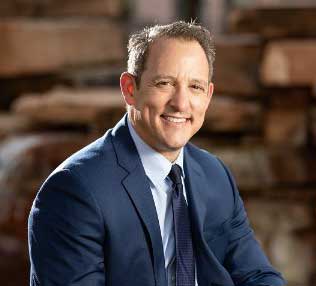
Dr. David Greene
MD, PhD, MBA
Dr. David Greene, MD, PhD, MBA, is a pioneering leader in regenerative medicine and healthcare marketing. As a residency and fellowship-trained orthopedic surgeon, Dr. Greene transitioned from clinical practice to become the founder and CEO of R3 Stem Cell and US Lead Network, where he has revolutionized patient care and medical practice growth through innovative therapies and digital marketing strategies. He has authored two influential books on healthcare internet marketing, ranks among the top expert authors globally, and has been featured on the cover of Corporate Vision magazine for his impact on global regenerative therapies. Beyond his professional achievements, Dr. Greene is passionate about education, compassion, and continuous innovation.

About R3 Stem Cell Mexico
Follow Us
Quick Links
Disclaimer
Stem cell therapy is considered experimental and is regulated by the U.S. Food and Drug Administration (FDA), but it is not FDA-approved. R3 Stem Cell does not offer stem cell therapy as a cure for any medical condition. No statements made on this site have been evaluated or approved by the FDA. This site does not provide medical advice. All content is for informational purposes only and is not a substitute for professional medical consultation, diagnosis, or treatment. Reliance on any information provided by R3 Stem Cell, its employees, others appearing on this website at the invitation of R3 Stem Cell, or other visitors to the website is solely at your own risk. R3 Stem Cell does not recommend or endorse any specific tests, products, procedures, opinions, or other information that may be mentioned on this website. R3 Stem Cell is not responsible for the outcome of your procedure. The FDA considers stem cell therapy experimental at this point.
Contact Us

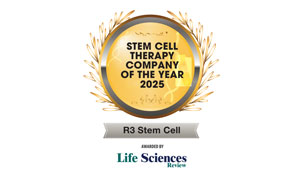




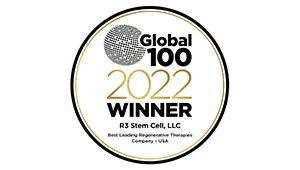

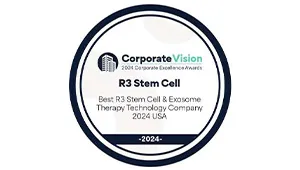

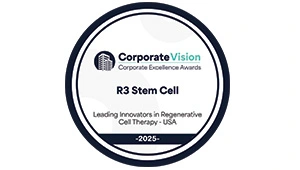
Copyright © 2016 – 2025 R3 Stem Cell